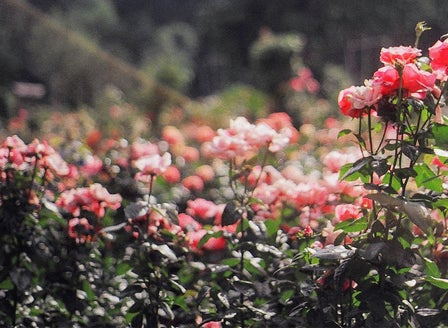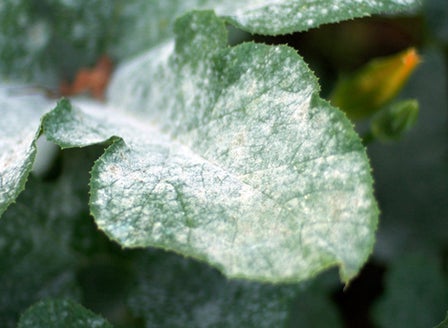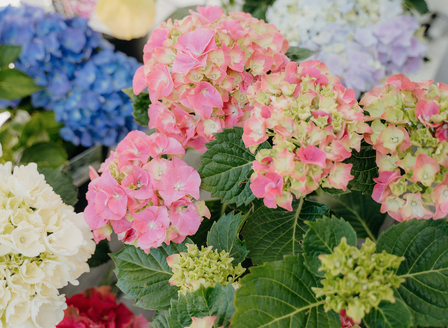From heavenly and fluffy looking mop heads, to lace caps, compact snowball, odd oakleaf, and the peculiar looking paniculatas. Hydrangea are a vigorous hardy plant and is quick to establish. Coming in an array of different shapes and sizes. They are great as a gap filler in borders and can even be grown in pots. Hydrangeas are a fantastic long lasting cut flower to enjoy in a vase.
Planting Calendar
Hydrangea are best planted in spring, early summer and autumn.
Prepare
Size often matters, as does shape. While you can shape it through pruning, choosing a variety that’s right for the space is important. If you’re tight on space, a variety like Snowball is a great option, or the variety Ayesha may work better if you need a bigger, more impressive shrub.
Position
Hydrangea grow best in full to part shade, although they can tolerate some sun, this may cause burning of the flowers. Protection from the strong midday sun is best.
Soil
When planted into the ground Hydrangea likes a free draining soil that is rich in organic matter. To improve the organic content in your soil, break up the soil and add Kings Compost and Kings Sheep Pellets then mix together well. When growing in containers, plant into Kings Container mix. This mix contains added water storage crystals and Saturaid, two products that help maintain moisture in the soil.
Plant
When planting into the ground, gently tap the plant out of its pot. Dig a hole twice the depth and width of the plants root ball. Mix Kings Compost into your existing soil at a 50/50 ratio, add Sheep Pellets and Kings Rose fertiliser , then mix together well. Back fill the hole with this soil, so that when planted the top of the plant’s roots sit level with the surrounding ground. Firm the soil down gently and water in well with Aquaticus Organic Garden Booster. In heavier clay soils, where drainage is likely to be an issue, plant onto a raised mound and sprinkle Gypsum Clay Breaker into the bottom of the hole, this helps slowly condition the soil and help to break down the clay. When planting into containers plant into Kings Containers mix, as this has water retention crystals in it, which will help in keeping the soil moist. Firm the soil down gently and water in well with Aquaticus Organic Garden Booster.
Care
Watering
Hydrangea prefer to be kept moist, avoid getting water onto the leaves as this can encourage Powdery Mildew. Water slowly allowing the water to sink down into the roots, rather than allowing it to run off the top of the soils surface. Add Saturaid into the soil at planting as this will help channel the water deep down into the root zone. Consider setting up an automatic watering system – these can be simple and inexpensive.
Feeding
When planted in the ground liquid feed every month with Aquaticus Garden Booster, from Spring through to the end of Autumn, this encourages root growth and increases the microbial activity in the soil. Monthly applications of Kings Sheep Pellets will help with soil conditioning and plant health. If planted into a container feed with Kings Liquid Fast Food along with monthly applications of Aquaticus Organic Garden Booster this encourages strong roots and a healthy immune system.
Protecting
Avoid getting water onto the leaves as this can cause Powdery Mildew.
Spraying
Hydrangea can be susceptible to fungal diseases like Powdery Mildew. Spraying for prevention rather than cure is the key, spray with Kiwicare Organic Super Sulphur.
Pruning
Deadhead throughout the year by removing spent flowers. In winter, prune out any dead, damaged or diseased wood back to a healthy looking bud. Be careful not to damage these buds as these will form flowers during the next season. Cuts should be made at a 45° angle sloping away from the bud.
General Care
When using sprays, chemicals or fertilisers always read the label and follow the instructions. Apply sprays in the evening to avoid harming beneficial insects.
Beginner Tip
Hydrangeas are great for picking - remove some flowers and enjoy them inside, this will encourage more flower production.
Expert Tip
The PH of the soil can alter the colour of the flowers. To keep pink flowers a nice pink, liquid feed with Yates Hydrangea Pinking, and for blue flowers, feed with Yates Liquid Hydrangea Blueing.
Top Varieties
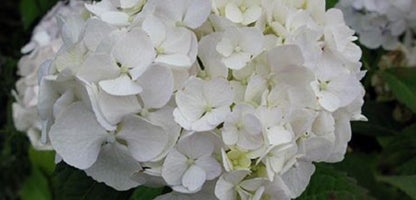
Hydrangea Princess Julianna
Rich, creamy mop head flowers open as white and then in autumn turn pale green when planted in shade, or slightly pink when grown in the light. Grows around 1.5 x 1.5m
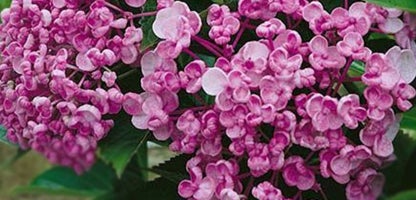
Hydrangea Ayesha
This utterly stunning hydrangea has unusual globular flowers with a mild fragrance. Generally produces cream-white flowers that fade to blue, pink or purple depending on the acidity of the soil. Grows around 1.8 x 1.8m
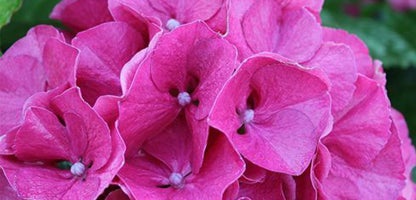
Hydrangea Masja
Compact, mophead variety with vibrant magenta flowers. Grows around 1.2 x 1.2m
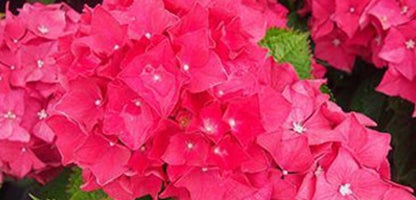
Hydrangea Raspberry Crush
This gorgeous, compact shrub produces clusters of blood red flowers with lush dark green foliage turning crimson in autumn. Grows around 1 x 0.6m
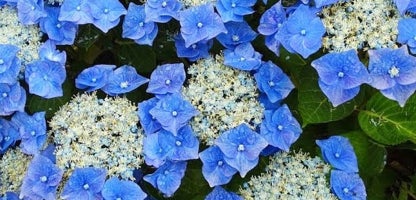
Hydrangea Blaumeise
This delightful lace-cap produces a mass of gorgeous blue flowers with pale blue centre. Grows around 1.5 x 2m
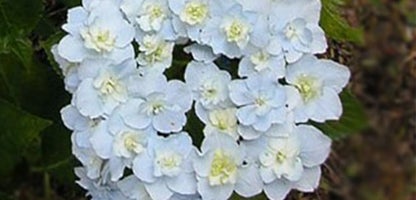
Hydrangea Trophy
Produces rounded double white flower heads on a compact bush with dark green foliage. Grows around 0.6 x 0.6m
Frequently Asked Questions
What kind of fertiliser should I use for hydrangeas?
When planted in the ground liquid feed every month with Aquaticus Garden Booster, from Spring through to the end of Autumn, this encourages root growth and increases the microbial activity in the soil. Monthly applications of Kings Sheep Pellets will help with soil conditioning and plant health.
When is the best time to prune hydrangeas in Auckland?
Deadhead throughout the year by removing spent flowers. In winter, prune out any dead, damaged or diseased wood back to a healthy looking bud. Be careful not to damage these buds as these will form flowers during the next season. Cuts should be made at a 45° angle sloping away from the bud.
Can I grow hydrangeas in pots?
Yes, hydrangeas can be grown in pots. Use a large container with good drainage and high-quality potting mix. Ensure the pot gets adequate moisture and is positioned to receive morning sun and afternoon shade.
What should I do if my hydrangea leaves are turning yellow?
Yellow leaves can indicate a few issues such as overwatering, poor drainage, or nutrient deficiency. Ensure the soil is well-drained and not too wet. Adding a balanced fertiliser may help address any nutrient deficiencies.
